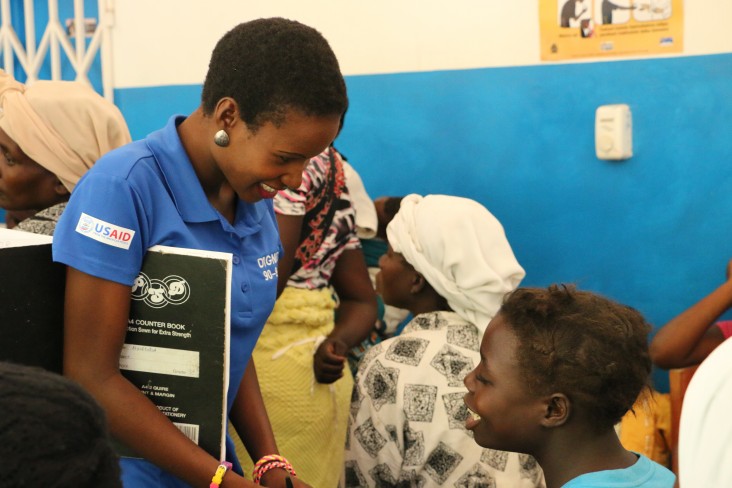
Over the last two decades, Malawi has made gains in most health indicators and it is one of only a few countries to have achieved Millennium Development Goal 4 for child survival ahead of the target year.
These broad gains, however, mask important realities and structural challenges in the health system that must be addressed if the public health gains of the past two decades are to continue.
Currently, there are perpetual shortages of qualified health workers in facilities across the country. Such tremendous health challenges. Combined with strained economic resources and high demand for health services, this means that the system is woefully inadequate.
USAID is therefore dedicating over $102.4 million to work with Malawi to resolve these debilitating issues.
Program Elements
• USAID’s global Maternal, Neonatal and Child Health (MNCH) goal is ending preventable child and maternal deaths in a generation. USAID integrates high-impact, evidence-based MNCH practices into households, communities, and health facilities, and works with the Ministry of Health (MoH) to provide a continuum of care for women and children.
• USAID’s HIV/AIDS portfolio in Malawi is funded through the President’s Emergency Plan for AIDS Relief (PEPFAR) and includes investments in HIV treatment and care services, behavioral and biomedical prevention, and community strengthening to increase acceptance of HIV treatment services and support vulnerable populations such as People Living with HIV and Orphaned and Vulnerable Children. In FY 2015, the PEPFAR Malawi program implemented a geographic pivot to focus HIV prevention, care, and treatment interventions in high burden districts and sites to support National HIV/AIDS Strategic Plan goals aligned with the 90-90-90 strategy of HIV epidemic control. USAID delivers services through a continuum of response approaches in eight scale-up districts where USAID and supports the MoH to achieve treatment coverage of 80 percent by 2017.
• USAID works with the National TB Control Program to realize its vision of a tuberculosis-free Malawi by reducing the morbidity, mortality, and transmission of tuberculosis until the disease is no longer a public health problem.
• With just over $200 million in investment between 2006 and 2015, the US Government’s President’s Malaria Initiative (PMI) has contributed to substantial scaling-up of malaria prevention and control interventions in Malawi, such as increasing the supply of long-lasting insecticide-treated bed nets and malaria drugs; providing preventive services to pregnant women; and training health workers to improve malaria case management in communities and facilities. In 2015, PMI distributed 4,555,380 artemisinin-based combination therapy courses and 11,700,000 rapid diagnostic tests to improve malaria diagnosis and treatment. PMI trained over 6,500 health workers and provided supportive supervision at facility and community levels, and procured and distributed approximately 528,000 insecticide-treated nets to pregnant women and children under five years of age.
• USAID health systems strengthening activities cut across all of the above technical areas and builds the capacity of Malawian institutions to respond to the country’s public health challenges. USAID works with the Ministry of Health and the private sector to improve governance, management, and information systems. To address the shortage of skilled workers, USAID supports pre-service and in-service training programs for both clinical and non-clinical health workers, and focuses on improving human resource management, supervision, and retention.
• USAID works closely with the MoH, and Ministry of Agriculture, Irrigation and Food Security to strengthen the Water, Sanitation and Hygiene (WASH) sector.
• Family Planning is a critical piece of Malawi’s overall health objectives. USAID therefore assists the Government of Malawi to implement the National Sexual Reproductive Health and Rights Strategy, with a goal to increase contraceptive use among women from 33 percent to 60 percent by 2020. Additionally, to parallel this effort, USAID focuses on community-based distribution of a wide variety of family planning methods and works to improve secure access to long-term and permanent forms of contraception.
• USAID addresses Nutrition by integrating behavior change communication with agricultural value chains and health service delivery. USAID’s programs focus on preventing chronic under-nutrition by providing nutrition-related assistance through various implementing partners. Both USAID and the GoM fight stunting and other forms of malnutrition through lasting community empowerment and integration of health services.







Comment
Make a general inquiry or suggest an improvement.